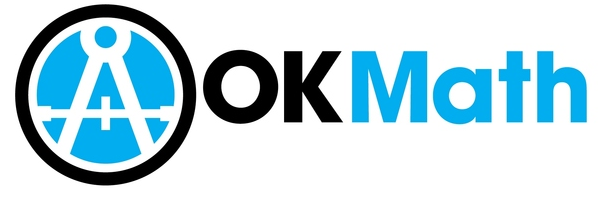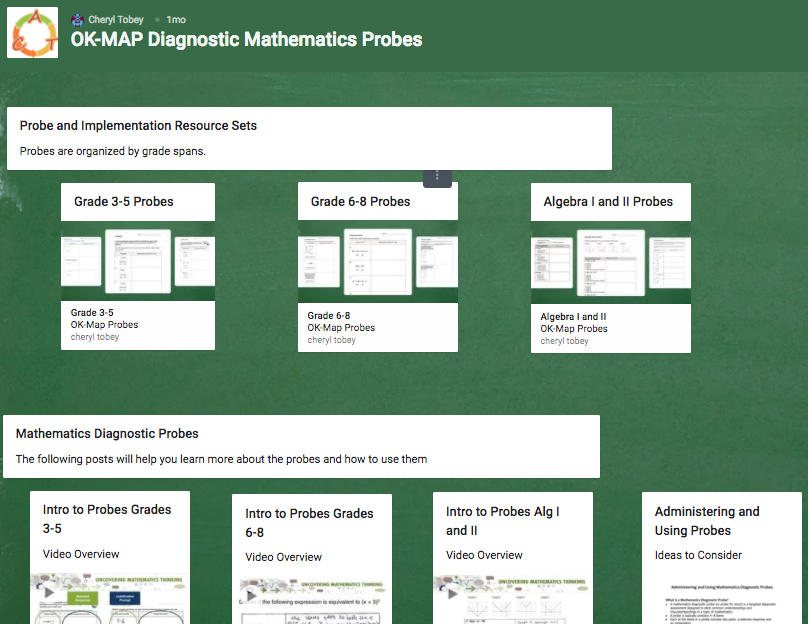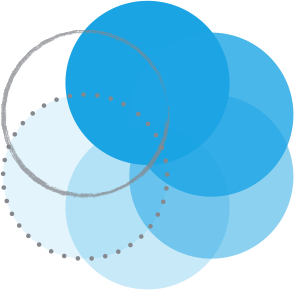Opening Activity
Tiffany shared an opening activity called Apple on a Desk where the teacher describes a scenario in which she asks what forces are working on this apple that is just sitting there…doing nothing… (I am glad Tiffany didn’t have a real apple to watch because, reading this I was completely imagining watching the apple intently, waiting for it to do a trick, or explode or something. My idea of force is moving something and I very rarely think of a balance in forces causing absolute stillness.)
Put two math people at a table together during this opening activity, and what do you get? I am wondering what we could do with equations to “balance” out the difference, causing no movement. Mava Goddard comes up with a GENIUS idea of using the format to present problem solving in a non-threatening way to students. Two completely different but relevant ideas. So first….
Mava “the Genius” Goddard
Ok, so Tiffany showed us the activity to highlight the format of the question. It sets a scene, presents the question the teacher asked but then gives five examples of how the students in that class answered the teacher. Mava leans over in the middle of the presentation and whispers, “How great would this format be for math problems!”
So, in an attempt to become more like Mava, I created an example:
 How awesome is this as an alternative to the A, B, C, D version of multiple choice problems? You are still using the elimination test taking skill we all need to survive the “big” tests, but with less of a personal risk. If you are wrong, so were the students in the problem. Plus, they have to explain their reasoning. If this is an opening activity for lesson on square numbers, it starts to “grease the gears between the ears” and brings up the ever present thorn of the “three squared is six” (grrr). Once your lesson is over, allow them to change their answer to this problem if they have learned something during this time to change their minds about the answer.
How awesome is this as an alternative to the A, B, C, D version of multiple choice problems? You are still using the elimination test taking skill we all need to survive the “big” tests, but with less of a personal risk. If you are wrong, so were the students in the problem. Plus, they have to explain their reasoning. If this is an opening activity for lesson on square numbers, it starts to “grease the gears between the ears” and brings up the ever present thorn of the “three squared is six” (grrr). Once your lesson is over, allow them to change their answer to this problem if they have learned something during this time to change their minds about the answer.
This imposter/impostor (and people wonder why I would rather do math!) activity is created from the idea born from Steve Wyborney’s tweet about Thursday night’s ElemMathChat and the following websites: LiteracyMath and Teacher Pay Teacher Freebie from Teaching Math by Hart
Coin, Card, Cup Investigation
While Mava and I were brainstorming, we start hearing change jingle…that gets our attention, much like it will the students’ attention. Tiffany has given the instructions to place an index card on top of a cup and a quarter on top of that. Once we made some predictions, we were allowed to flick the card horizontally off of the top of the cup (think tablecloth out from under dishes!) Tiffany uses this investigation to apply the same Disciplinary Core Idea (official term) of Force and Motion demonstrated by the gliders, but at the third grade level. This is an important stepping stone to understanding the interaction of the forces and design elements of the gliders.
The coins were more fun! We were able to investigation with various types of coins and different amounts of coins.
Balance of Forces, Balanced Equations (yes, in third grade too!)
When we talk about equations, we talk about how an equals sign means we have the same amount or size or total on each side. Even to the little ones, 3 plus 2 equals 5. With manipulatives, we show that we have 5 on both sides. As the equations get more complicated, we even bring in a balance scale, much like Hands-On Equations does. Balanced equations and balanced forces go hand-in-hand. Sometimes the science-math connection isn’t about using the math, but in relating the concepts to give students an alternative way to think about a process or idea.
The same is true for the Kindergarten activity that we did at the workshop. Continuing the idea of following the force/motion concept through the grade levels ended with showing how a push and pull activity in Kindergarten starts to build the foundation for understanding the more complicated idea of unseen forces in higher grade levels. Much like the foundation of numeracy sets the stage for more complicated mathematical processes in later grades, science builds on itself. We have to make a conscious effort to build the foundation in all subject areas. The only way to accomplish this in the limited amount of time we have is integrating the subjects in a meaningful way. We have to help the students make the connections. These connections are not made by accident, or unseen force (if you want to be punny).
I will keep you updated on my next adventure into science class, so keep a look out!



